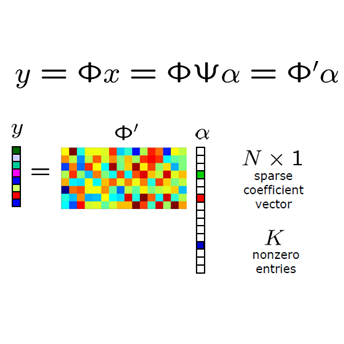Aiming at high-dimensional (HD) data acquisition and analysis, snapshot compressive imaging (SCI) obtains the 2D compressed measurement of HD data with optical imaging systems and reconstructs HD data using compressive sensing algorithms. While the Plug-and-Play (PnP) framework offers an emerging solution to SCI reconstruction, its intrinsic denoising process is still a challenging problem. Unfortunately, existing denoisers in the PnP framework either suffer limited performance or require extensive training data. In this paper, we propose an efficient and effective shallow-learning-based algorithm for video SCI reconstruction. Revisiting dictionary learning methods, we empower the PnP framework with a new denoiser, the kernel singular value decomposition (KSVD). Benefited from the advent of KSVD, our algorithm retains a good trade-off among quality, speed, and training difficulty. On a variety of datasets, both quantitative and qualitative evaluations of our simulation results demonstrate the effectiveness of our proposed method. In comparison to a typical baseline using total variation, our method achieves around $2$ dB improvement in PSNR and 0.2 in SSIM. We expect that our proposed PnP-KSVD algorithm can serve as a new baseline for video SCI reconstruction.
翻译:以高维(HD)数据收集和分析为目标的压缩成像(SCI)通过光学成像系统对HD数据进行2D压缩测量,并利用压缩感测算法对HD数据进行重建。虽然Plug-Play(PnP)框架为SCI的重建提供了一个新出现的解决办法,但其内在的分解过程仍是一个具有挑战性的问题。不幸的是,PnP框架中现有的蓄水层的性能有限,或需要广泛的培训数据。在本文件中,我们建议为SCI的视频重建采用高效和有效的浅层学习算法。重新研究字典学习方法,我们用一个新的解密器,即内核奇值分解法(KSVD)赋予PnPP框架以权力。从KVD的出现中受益,我们的算法在质量、速度和培训上保持良好的交易。关于我们模拟结果的各种数据集,定量和定性评价都表明我们拟议的方法的有效性。与一个典型的基线相比,我们的方法通过全面变换,我们的方法在SIS-DRA中实现了大约$D的改进。我们提议的SIM为S-SIS的SAL的新的SUR的改进。




